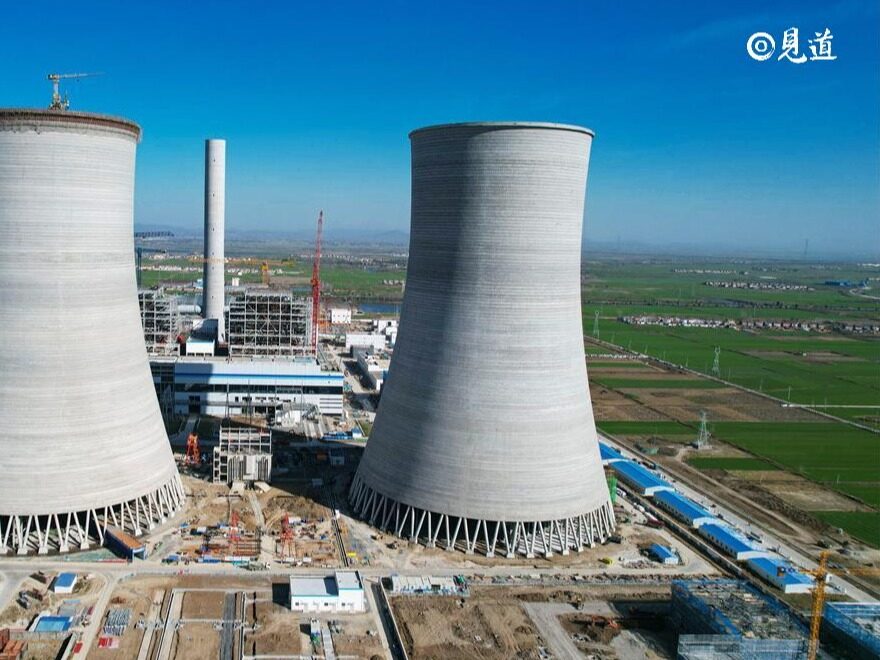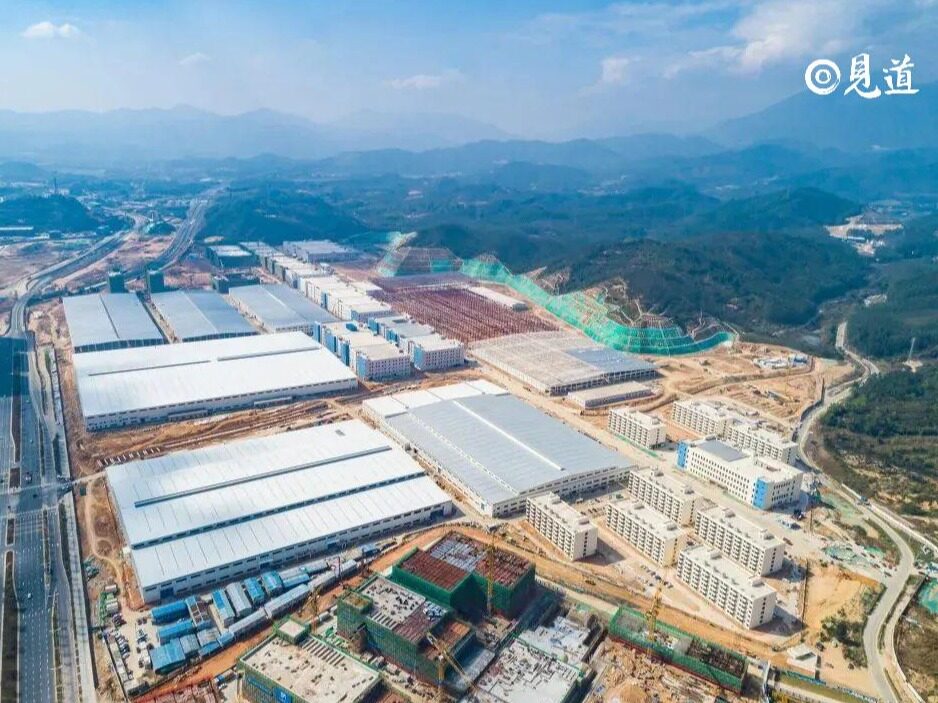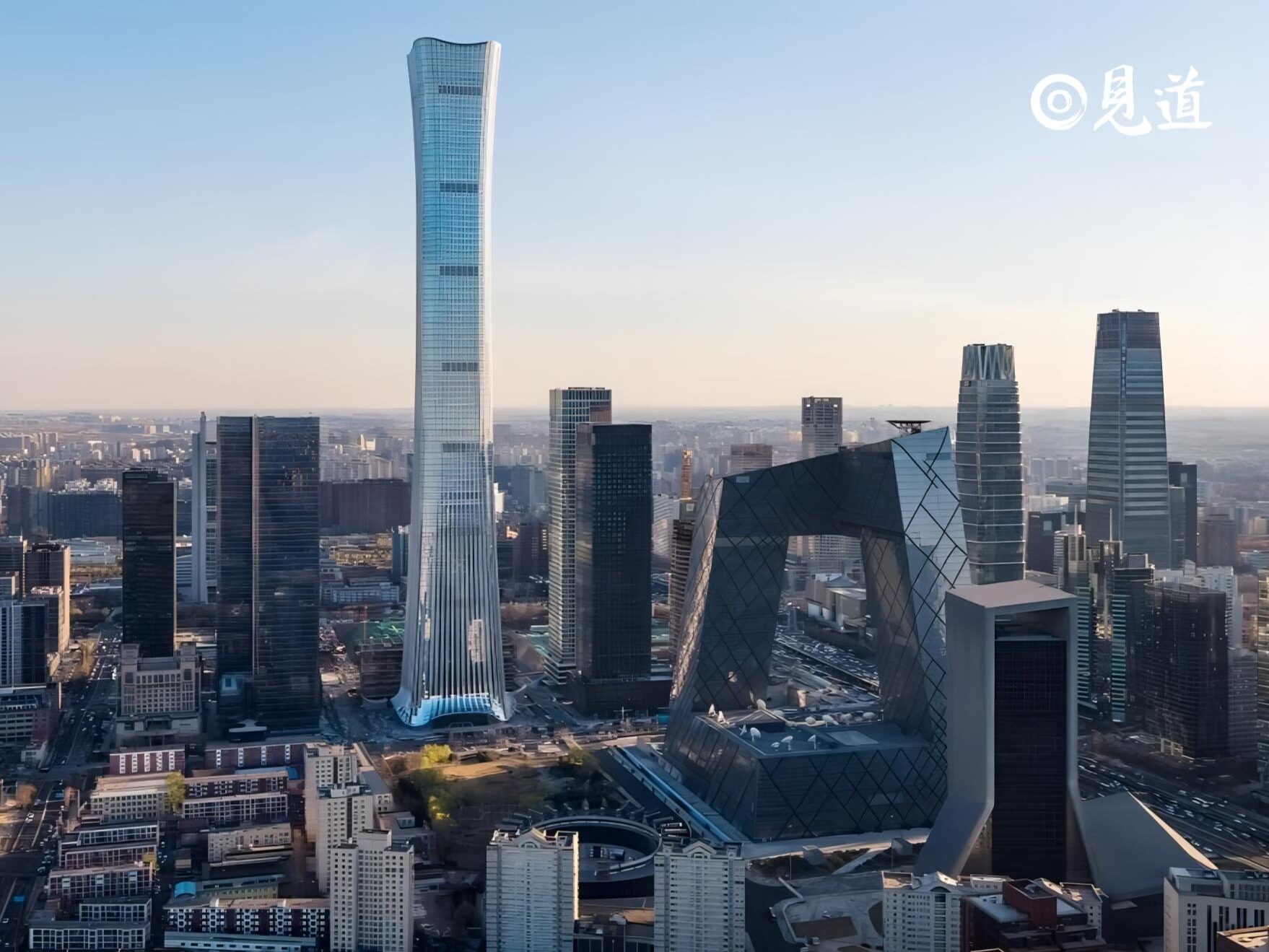- Green hydrogen can be widely used in various fields such as transportation, construction and industry

The EU is to be the leader of the hydrogen energy economy! On the road to carbon neutrality, the whole world has realized the potential of hydrogen energy development, and Europe is of course no exception. In July 2020, the European Commission issued the EU Hydrogen Energy Strategy and the EU Energy System Integration Strategy, aiming to set a new clean energy investment agenda for the EU to achieve climate neutrality and hydrogen energy content by 2050. The ambitious goal of creating at least 5.4 million jobs for 24% of the energy demand of the entire EU. This is also the most ambitious hydrogen strategy in the world. European Commission Vice President Timmermans said: "Hydrogen is a rock star in clean energy, and Europe must become a leader in this field."
In the context of the "EU Hydrogen Energy Strategy", Germany, France, and Spain have also announced their respective hydrogen energy roadmaps. On August 17, 2021, the British Department of Business, Energy and Industrial Strategy (BEIS) released the "Britain National Hydrogen Energy Strategy", proposing that by 2030, the United Kingdom will become a global leader in the field of hydrogen energy, with a hydrogen production capacity of 5GW , Which can replace natural gas and provide electricity to 3 million British households. The strategy predicts that by 2050, about 20%-35% of the UK's energy consumption will come from hydrogen, which is much higher than the global average (10%).
In fact, it is not only the United Kingdom that is optimistic about the development of hydrogen energy in Europe. As early as June 2020, Germany announced the "Germany National Hydrogen Energy Strategy", intending to use hydrogen energy to achieve its energy transition goals as soon as possible. It is particularly worth mentioning that the strategy clarifies that green hydrogen is the focus of future development. Germany's goal is to increase the production capacity of electrolyzed green hydrogen to 5GW by 2030 and 10GW by 2040. The German Federal Minister of Economic Affairs Peter Altmaier declared: "We must establish for Germany the world's number one road in the field of hydrogen technology."

It can be seen that the EU has high expectations for the development of Green Hydrogen. The European Union will invest 470 billion euros in hydrogen energy and other clean energy sources in the next 25 years in order to defeat rivals such as China, the United States, and Japan in the hydrogen energy industry. At present, European countries have begun to deploy the hydrogen energy industry one after another, trying to become a global leader in related hydrogen energy technologies, and include the development of hydrogen energy as part of their economic recovery plans. In addition to the European Union, Russia, Canada, Australia, Chile and Oman have also proposed hydrogen energy strategies. However, EU officials have repeatedly stated that China is the real competitor. China plans to achieve carbon neutrality by 2060, and hydrogen will play an important role in it. "We are still in a leading position, but China is forming a challenge." European Hydrogen Energy Organization Chairman Chatsmalkakis said, "China is only 2-3 years behind us."
Tomorrow's oil
The EU’s hydrogen energy development is carried out in three phases: 2020-2024 is the first phase. A batch of renewable hydrogen electrolysis equipment with a single power of 100 megawatts will be built in the EU, and the total power of renewable hydrogen production in Europe will reach 6000 MW, with an annual output of more than 1 million tons; 2025-2030 is the second stage, and a number of regional hydrogen production industrial centers called Hydrogen Valley will be built, so that the annual output will reach 10 times that of the first stage; 2030-2050 For the third stage, the focus is on the large-scale application of hydrogen energy in energy-intensive industries, with typical representatives being the steel and logistics industries. To this end, the EU will invest 470 billion euros. Part of the funds required will come from the hundreds of billions of euros in the new crown reconstruction plan currently being negotiated by EU countries, and the other part will come from private investment.
At the same time, the European Union also established the European Clean Hydrogen Alliance, jointly initiated by related companies, private organizations, national and regional energy officials, and the European Investment Bank to provide investment in the mass production of hydrogen energy and conduct technical cooperation. Corporate members include ThyssenKrupp, Siemens, Shell, Airbus, and some companies in Denmark and Norway.
According to data from the European Hydrogen Energy Organization, by 2050, the annual turnover of the global hydrogen industry will reach 700 billion US dollars. Economist Clavette said: “There are countless business opportunities related to the hydrogen energy economy, from machinery and equipment for producing and processing green hydrogen, to domestic and international transportation by ships or land, to end applications such as fuel cells.”
As the largest economy in Europe, the German government has a clear path to develop the hydrogen energy industry-using green hydrogen to support the rapid growth of the market and establish a corresponding value chain. The German Ministry of Education and Research stated: “Green hydrogen is the oil of tomorrow. Flexible energy carriers are essential for the energy transition and open up new markets for us. We must seize unique opportunities and use our expertise to become Supplier of the global energy transition.” Germany has decided to invest 9 billion euros in the development of hydrogen energy, of which 7 billion will be used to expand the entire hydrogen value chain, and 2 billion euros will be dedicated to international cooperation in hydrogen.
German heavy industry has made a big bet on green hydrogen in its long-term decarbonization plan. Many energy-intensive German companies, such as chemical group BASF or steel manufacturer ThyssenKrupp AG, have already formulated detailed plans for substantial emissions reductions. At present, many European companies have taken the lead and become suppliers of the hydrogen economy. For example, electrolyzer operators and power and gas grid operators establish new business and cooperation models. ThyssenKrupp of Germany is one of them. The company plans to expand its water electrolysis production capacity to produce green hydrogen on a large scale. They also established a partnership with the German energy company E.ON to build hydrogen infrastructure. British electrolyzer manufacturer ITM Power also stated that they plan to cooperate with the Danish power company Ørsted.
High cost of green hydrogen
In 2020, the globalization of fossil energy is gradually declining. Hydrogen energy is an important exploration direction of energy transformation, and the industrial development momentum is strong, becoming the focus of energy accumulation in various countries. The European Commission issued the "EU Hydrogen Energy Strategy" to vigorously promote the development of hydrogen energy, especially the development of the renewable energy hydrogen production industry and the wide application of hydrogen energy. Kravittel, an economist at the Technical University of Berlin in Germany, said that if technological improvements cannot be used to reduce production costs for a period of time in the future, and long-term investment support must be used, the development of the European hydrogen energy economy will encounter obstacles. The EU currently supports blue hydrogen to play a transitional role, while improving technology and reducing the price of solar and wind power generation.
However, there are also several challenges behind the huge business opportunities under the EU's hydrogen energy strategy. The EU's goal is green hydrogen energy. Green hydrogen can be produced in an electrolytic cell, using renewable electricity to decompose water into oxygen and hydrogen. Only hydrogen produced by renewable energy is green hydrogen. Due to the high cost of electrolysis, currently 95% of commercial hydrogen is produced using fossil fuels, and a large amount of carbon dioxide is emitted during the manufacturing process, so this kind of hydrogen can be called ash hydrogen. There is also a kind of hydrogen produced from natural gas, which is not zero-emission, and is called blue hydrogen. Green hydrogen energy is the key to achieving zero emissions, but it is expensive. According to estimates by the European Commission, the current production cost of green hydrogen is about 3-5.5 Euros per kilogram, which is much higher than the 1.5 Euro per kilogram of gray hydrogen.
The International Energy Agency (IEA) pointed out in the "Global Hydrogen Energy Progress" report released in June 2020 that hydrogen energy technology has maintained a strong momentum of development in 2019, which has aroused strong interest from governments and corporate investors in various countries. In the field of hydrogen energy consumption, cross-border cooperation among energy, chemical, and manufacturing companies is booming. Hydrogen fuel cell vehicles are rapidly occupying the market. Hydrogen energy social topics such as hydrogen-powered trains, ships, and trucks have also attracted attention. The governments of the European Union are following the trend and are pushing the development of the hydrogen energy industry with unprecedented strength.
At present, the EU member states represented by Germany have realized the entire hydrogen energy industry chain of hydrogen production, transportation, storage and fuel cell applications, and have applied fuel cell technology to automobiles, ships, power stations and other fields. However, due to the fact that hydrogen production from renewable energy is still not widely used, the realization of the EU's hydrogen energy strategy and the bottleneck of enterprises' investment in related industries in Europe have also become topics of concern from all walks of life.
Although there are obstacles in the development of EU Green Hydrogen in terms of technology and production capacity, on the other hand, it will also boost hydrogen energy technology innovation and create opportunities for companies to invest in Europe. From the development of the hydrogen energy industry in EU member states in recent years, Germany and France have performed most prominently. Among them, Germany officially announced the "National Hydrogen Energy Strategy" before the release of the "EU Hydrogen Energy Strategy", proposing to support the expansion of the "green hydrogen" market. Under this framework, in January 2021, the German Federal Ministry of Education and Research issued a communiqu, which will spend about 700 million euros on key hydrogen energy research projects, including "H2Giga", "H2Mare" and "TransHyDE". The projects will respectively address the development of Germany. Technical obstacles such as mass production of electrolyzers, hydrogen production by offshore wind energy, and safe transportation of hydrogen in the process of hydrogen energy economy. Under the guidance of France’s national hydrogen energy route, the two major energy giants Total and Engi announced in January that they will cooperate in the construction of a green hydrogen production base Masshylia. The most noteworthy is that the base has adopted innovations in the production and storage of hydrogen. This is the first case in Europe.

Hydrogen will play an indispensable role in the future carbon-free energy system, but the forecast of the proportion of hydrogen in energy consumption in 2050 is very different. The International Renewable Energy Agency considers it to be 12%, the Hydrogen Council considers it to be 18%, and the EU announced a target of 24%. But no matter what the result is, if we want to advance hydrogen technology, we must reduce costs. The cost of renewable energy has fallen sharply in the past decade, but it still needs to continue to fall. The cost of hydrogen production by electrolysis of water, including basic hardware electrolyzers, must follow a similar path to decline.
Hydrogen energy will start in major industrial applications around the world, first in the form of blue hydrogen and then in the form of green hydrogen. For Green Hydrogen, the electrolytic cell is very important, and global electrolytic cell manufacturers are planning to expand their production scale to reduce costs. The German industrial giant ThyssenKrupp is a steel manufacturer and a hydrogen producer. It views hydrogen from the perspectives of producers and users. The company's standard electrolysis unit is a 20 MW module that can produce 4,000 cubic meters of hydrogen per hour. Malcolm Cook, vice president of ThyssenKrupp, said, "We have reduced costs and increased the specifications of the basic module to 20 MW."
The International Renewable Energy Agency estimates in the 2050 energy transition roadmap that if the global green hydrogen production reaches 400 million tons, it will require the electrolyzer capacity to reach 5 terawatts by 2050. Currently, the installed capacity of electrolyzers around the world is approximately 8 GW. These figures show that in order to achieve the green hydrogen targets set by the government and international agencies, the production capacity of electrolyzers must be greatly increased, and this will require continuous setting of green hydrogen development targets and lower production costs.
The green hydrogen industry has broad room for development and is also facing pressing pressure for transformation. In the future, the cost reduction of Green Hydrogen will not only depend on the cost reduction and efficiency enhancement of wind power, photovoltaic and other industries, but also the technological progress of the entire industry chain represented by the electrolytic cell. With the expansion of production capacity and the acceleration of the construction of transmission and distribution infrastructure, the scale effect of the hydrogen energy industry chain will become increasingly significant, which will also promote the participation of more research and development forces, thereby greatly reducing costs and promoting the further popularization of green hydrogen. Editor/He Yuting
Comment
 Praise
Praise
 Collect
Collect
 Comment
Comment
 Search
Search














Write something~